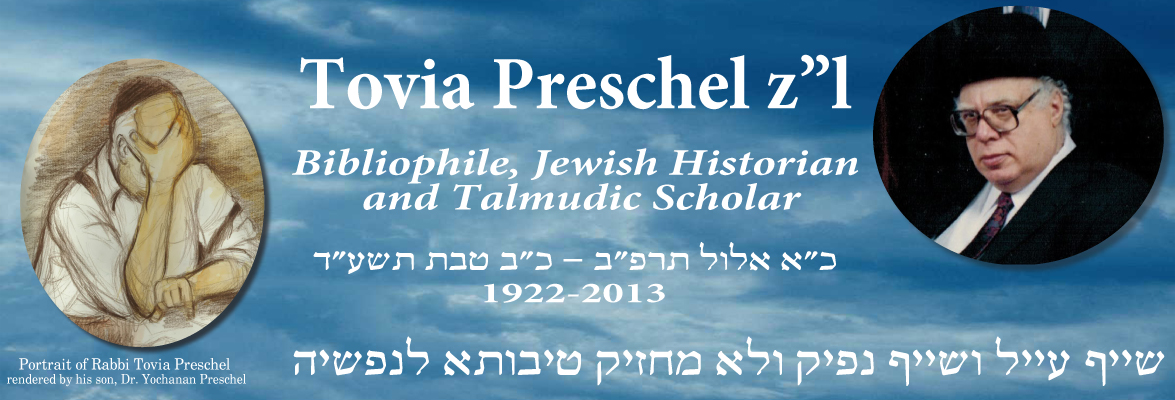The Oppenheim Haggadah, 1719
The illustrated Haggadah, a facsimile of which is presented here, was produced in 1719 by the scribe Meshullam Zimel. He was one of the 18th century artist-scribes, who wrote and […]

The illustrated Haggadah, a facsimile of which is presented here, was produced in 1719 by the scribe Meshullam Zimel. He was one of the 18th century artist-scribes, who wrote and […]
The Jewish community of Frankfurt on the Main was one of the oldest and most important in Germany. A Jewish community was already in existence there in the twelfth century. […]
One of the causes of the renaissance of the illumination of Haggadoth, Esther scrolls and other religious manuscripts during the eighteenth century, was the rise of new circles of wealthy […]
The Haggadah, which is reproduced here, was printed in Amsterdam in 1662. It was modeled on Haggadoth published in Venice several decades earlier. In 1599 an illustrated Haggadah, reflected the […]
Rabbis, scholars and writers used to send on Purim—in addition to the traditional Mishloah Manot—spiritual food to their dear ones: a song, a study, even an entire book, they had […]
Rashi, Ibn Ezra and the Ramban are the great early commentators of the Pentateuch. Unlike the two others, the commentary of the Ramban is multi-dimension. It offers the student simple […]
By Tovia Preschel Yaakov Emden was one of the most interesting rabbinic personalities of the eighteenth century. Though he served only for a short period of time as the […]
When the publishers of the Vilna Talmud prepared their edition, they also added some early commentaries, whose authorship had not been established. Among these were the Tosafot Had Makamai on […]
Several months ago I reviewed in this column a book on the “Noda Biyehuda” by A. L. Gelman. The following lines will be devoted to another book on Yeheskel Landau, […]
I would like to write today a few lines about the Epistle of the Humility, said to have been sent by the Ramban (Moshe Ben Nachman) to his son. […]